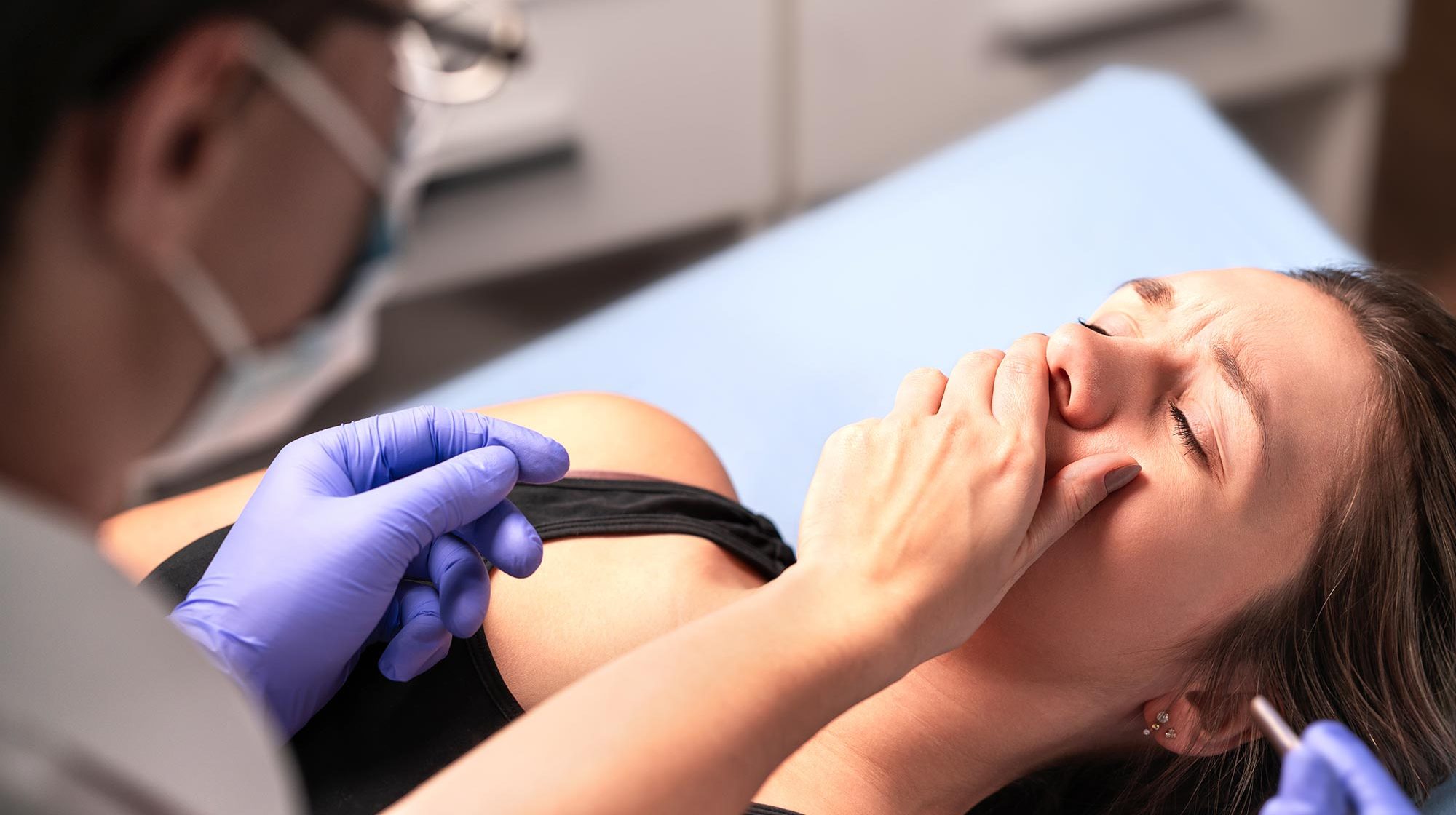 If a patient swallows or inhales something while in the dental chair, it can result in a negligence claim. Such incidents are rare, but as Rupert Hoppenbrouwers explains, dental professionals must be alert to the risk.
If a patient swallows or inhales something while in the dental chair, it can result in a negligence claim. Such incidents are rare, but as Rupert Hoppenbrouwers explains, dental professionals must be alert to the risk.
Patients generally trust dental professionals to carry out procedures involving very small instruments and sometimes hazardous materials while they lie back in the dental chair.
However, foreign body ingestion is a well-known complication of dental treatment. The risk factors involved in the dental environment include the difficulty in handling small instruments and other objects such a restorations while working in the restricted area of the mouth, coupled with the patient being treated while lying back.
Risks of swallowed dental instruments
Despite this, in the Dental Defence Union (DDU)’s experience, the number of successful claims resulting from a patient inhaling or swallowing dental instruments is relatively low.
During a recent 10-year period, we opened 68 case files and settled 22 formal negligence claims, ranging in size from under £500 to more than £25,000 in compensation and legal costs.
The five most common procedures identified in the DDU’s files were:
- Endodontics – 16 cases
- Fillings – 15 cases
- Scale and polish – five cases
- Implants – five cases
- Extractions – four cases.
Orthodontics and bridgework are other procedures that featured in the files.
The most common accidentally inhaled or swallowed dental instruments were:
- Endodontic files/reamers – 17 cases
- Burs – 17 cases
- Filling material – eight cases
- Implant screwdriver – four cases
- Prosthesis (crown, veneer or implant) – four cases
- Scaler tip – four cases.
The majority of cases (80%) concerned incidents of accidental swallowing, which generally required no further treatment as the instrument passed uneventfully through the patient’s gastrointestinal tract.
In a handful of these cases, the patient had to attend accident and emergency for an X-ray. In at least two cases, gastrointestinal surgery was needed to remove the foreign body.
Outcomes were generally more serious for patients who inhaled a foreign body due to the risk of choking and infection. A small number of patients required hospital treatment, including emergency bronchoscopy or surgery, to remove the object.
Dentolegal implications
Although these adverse incidents are rare, the risk of anxiety and potential harm to patients can be significant.
There are serious consequences for the dental professional involved, as well as possible reputational damage for the practice.
If the incident results in a negligence claim, it can be difficult to argue that the dental professional was not negligent. It’s possible to successfully defend a member when suitable precautions are taken to mitigate the risk of harm.
Duty of candour
This type of incident would usually meet the threshold for the statutory duty of candour. In such situations, the dental practice should formally notify the patient, provide a full explanation, as well as an apology and provide reasonable support.
The practice is also obliged to notify the Care Quality Commission (or the relevant national regulator) about serious patient safety incidents.
Dental professionals and practices should reflect on what happened, lessons learned and implement necessary changes following an incident. Dental professionals should contact the DDU or their own dental defence organisation for advice about their obligations.
Good advice
The following advice, based on the DDU’s analysis, will help dental professionals limit the risk of a inhaled or swallowed dental instrument during dental treatment and ensure they are in a position to manage any incident appropriately:
- Consider using a securely positioned rubber dam to isolate the affected tooth or teeth when carrying out procedures such as a filling or root canal treatment, as suggested by research in this area (Kumar Yadav et al, 2015). Consider other measures – a parachute chain, throat sponges or gauze throat screen, if applying a rubber dam isn’t possible because the tooth is broken
- Use high vacuum suction when carrying out procedures such as cementing crowns or removing fillings – again an approach suggested by researchers
- If you are concerned that a patient is at particular risk, consider postponing the procedure or referring them for treatment
- Regularly check and service dental instruments so they are in good condition and functioning properly before use
- If you drop a dental instrument in the patient’s mouth, take immediate action to retrieve it if possible, then inform the patient and apologise
- If you suspect something is inhaled and the patient cannot cough it up, advise to attend hospital for investigation. You should provide a detailed referral letter and it can be useful to include a sample or picture of the instrument with a ruler alongside so the size is clear to the accident and emergency doctor
- If the patient won’t attend hospital, give advice on red flag symptoms and what action to take
- Closely monitor patients who have inhaled or swallowed dental instruments until passed in the faeces
- Make full records – document exactly what happened, the action taken and the discussion with the patient
- Report the incident appropriately and seek advice from the DDU or your dental defence organisation.
Reference
Kumar Yadav R, Kumar Yadav H, Chandra A, Yadav S, Verma P, Kumar Shakya V (2015) Accidental aspiration/ingestion of foreign bodies in dentistry: A clinical and legal perspective. Natl J Maxillofac Surg 6(2): 144-151


